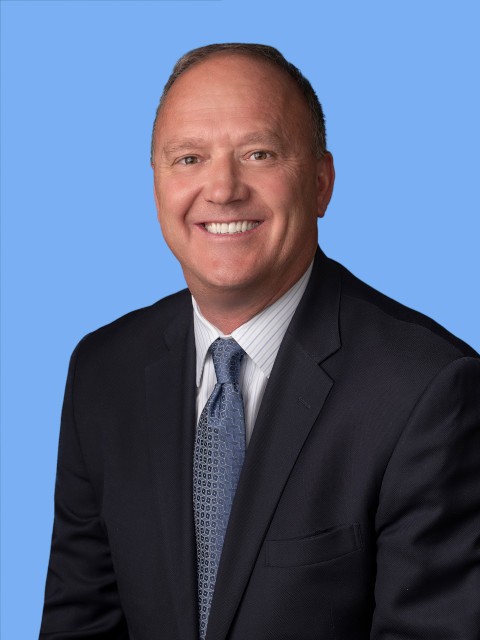The Centers for Medicare and Medicaid Services (CMS) recently finalized minimum staffing requirements for skilled nursing facilities (SNFs) and other nursing homes.1 These requirements are expected to have lasting impacts on the industry, including several post-acute programs, such as inpatient rehabilitation.
Since CMS proposed the requirement in 2023, it has been scrutinized by SNFs on both a financial and staffing front. The new ruling is projected to cost the industry roughly $6.5 billion annually in upfront hiring costs. Additionally, SNFs that can’t meet the staffing requirement will receive penalties that could reach $3.5 billion annually.2
The impact of this requirement can already be seen in the frequent SNF and nursing home closures across the nation, especially in rural communities.5 These closures are not expected to slow down, making it critical for post-acute providers to find a solution for patient and community outcomes.
3 Ways Hospitals Can Expect to Be Impacted Following CMS’ Staffing Mandate
-
-
- Reduced hospital throughput and longer length of stay (LOS): As SNF beds become limited, hospitals will face throughput challenges with backlogged emergency departments and longer inpatient LOS without appropriate discharge options. Analysis from the Advisory Board found that counties that experienced at least one SNF closure saw a median hospital average LOS 16% higher than counties that had not experienced a SNF closure.6
These obstacles will require post-acute sites, such as inpatient rehabilitation, to prepare for increased demand across the care continuum. - Increased financial pressure on patients and providers: Patients who are unable to find a SNF placement due to staffing shortages still require a care setting equipped to take on their unique needs. As more patients divert from SNFs, other post-acute settings could begin to experience a rise in admission volume – leading to scarce resources, bed capacity and capital, as well as an increase in avoidable days.
In fact, according to a Kaiser Family Foundation report, the average adjusted expenses per inpatient day at hospitals was $3,025 in 2022. At that rate, one patient staying an unnecessary day at the hospital for each day of year totals $1.1 million in added costs.7 - Staffing minimums for other care settings. Once a SNF staffing mandate is enforced, the possibility of other sites of care experiencing increased regulation and staffing requirements is a high possibility.
- Reduced hospital throughput and longer length of stay (LOS): As SNF beds become limited, hospitals will face throughput challenges with backlogged emergency departments and longer inpatient LOS without appropriate discharge options. Analysis from the Advisory Board found that counties that experienced at least one SNF closure saw a median hospital average LOS 16% higher than counties that had not experienced a SNF closure.6
-
Growing Need for Inpatient Rehabilitation as More SNFs Experience Closures
Inpatient rehabilitation continues to consistently generate optimal patient and hospital outcomes, as it’s uniquely equipped to care for patients often treated by SNFs and help them reach their recovery goals.
It is the only post-acute setting that provides daily intensive multi-disciplinary therapy, regular physician oversight and around the clock nursing care. The unique level of care enables complex patient needs to be effectively and efficiently treated.
The specialized care provided within inpatient rehabilitation through an acute rehabilitation unit (ARU) or inpatient rehabilitation facility (IRF) has proven to produce positive long-term outcomes both during and after a patient’s hospital stay.
Additional benefits inpatient rehabilitation offers acute hospitals include:
-
-
- Increased clinical and quality effectiveness. Inpatient rehab is known for producing exceptional clinical and quality outcomes and reducing hospital readmissions – benefiting the entire hospital.
- Streamlined interdisciplinary team approach. Specialized care requires expertise from specialized clinicians, including highly trained medical directors. Having that expertise within the hospital’s care continuum reduces opportunity for errors while improving care consistency and transitions.
- Improved patient throughput management. Having inpatient rehabilitation services available within a system’s care continuum helps ensure that patients receive the right form of care at the right time in their care journey. This frees up needed staff and acute bed space and allows patients to effectively make progress in their recovery.
- Increased clinical and quality effectiveness. Inpatient rehab is known for producing exceptional clinical and quality outcomes and reducing hospital readmissions – benefiting the entire hospital.
-
Importance of Post-Acute Partnership
Shifting healthcare regulations will continue to change the way hospitals approach care delivery and accessibility. Having a contract management or joint venture rehabilitation partner with a strong pulse on industry changes helps hospitals better meet the needs of their patients and community.
With decades of experience navigating the full care continuum, Lifepoint Rehabilitation helps partners expand patient access in their local communities, while also enhancing quality and operational efficiency.
Is your hospital looking to add a new service line or explore a new partnership opportunity? Read our white paper to learn how a hybrid partner approach can play a key role in your hospital’s outcomes.
References:
- https://www.aha.org/news/headline/2024-04-22-cms-finalizes-minimum-staffing-standards-nursing-homes
- https://www.mcknights.com/news/staffing-rule-financial-penalties-could-be-existential-crisis-for-nursing-home/
- https://www.advisory.com/topics/post-acute-care/2023/10/why-rural-communities-are-hit-hardest-by-snf-closures
- https://www.advisory.com/topics/post-acute-care/2023/05/snf-closures-upstream-effects
- https://www.beckershospitalreview.com/finance/the-cost-of-hospital-unnecessary-hospital-days-8-numbers.html#:~:text=The%20average%20adjusted%20expenses%20per,%241.1%20million%20in%20extra%20costs.

